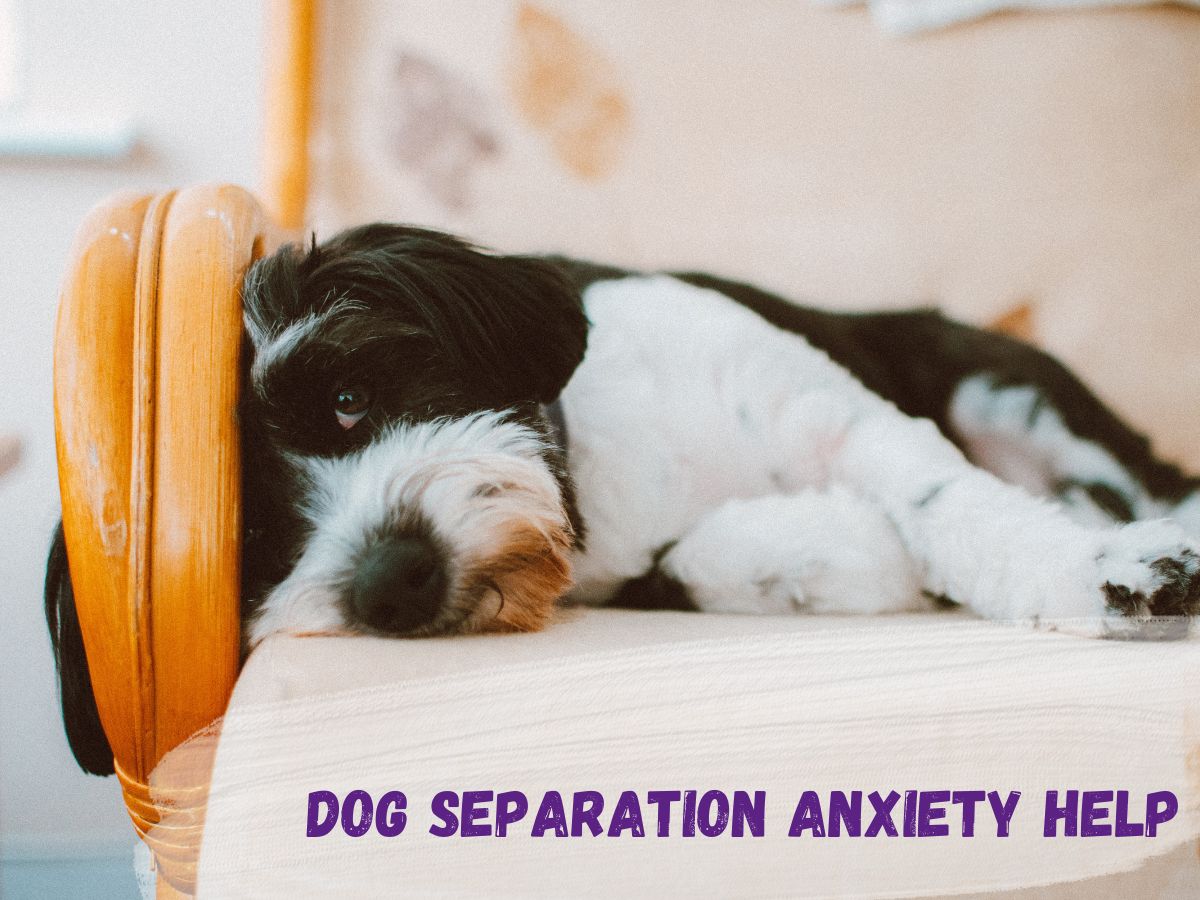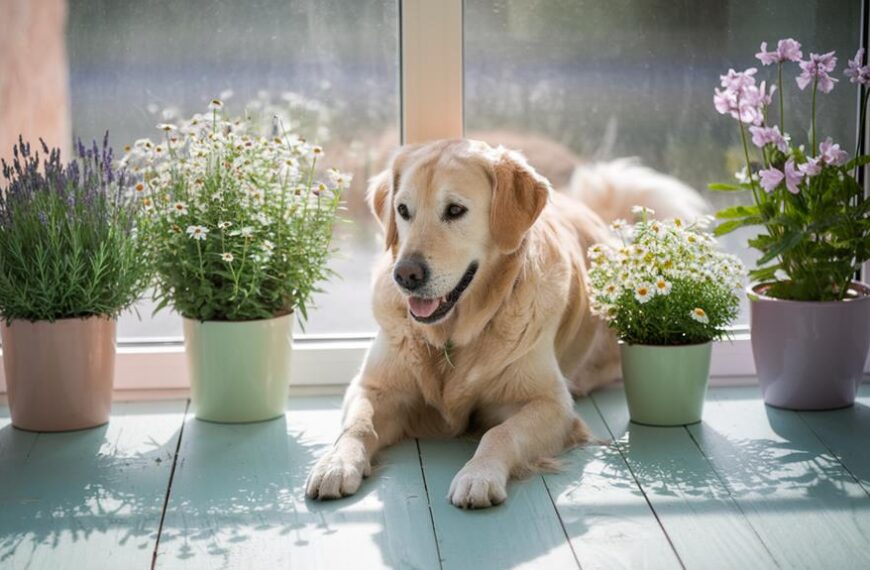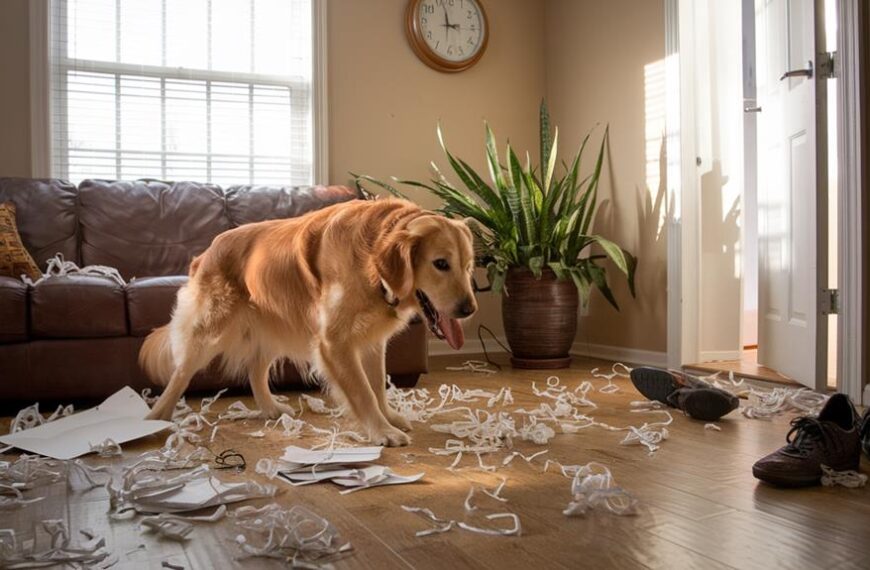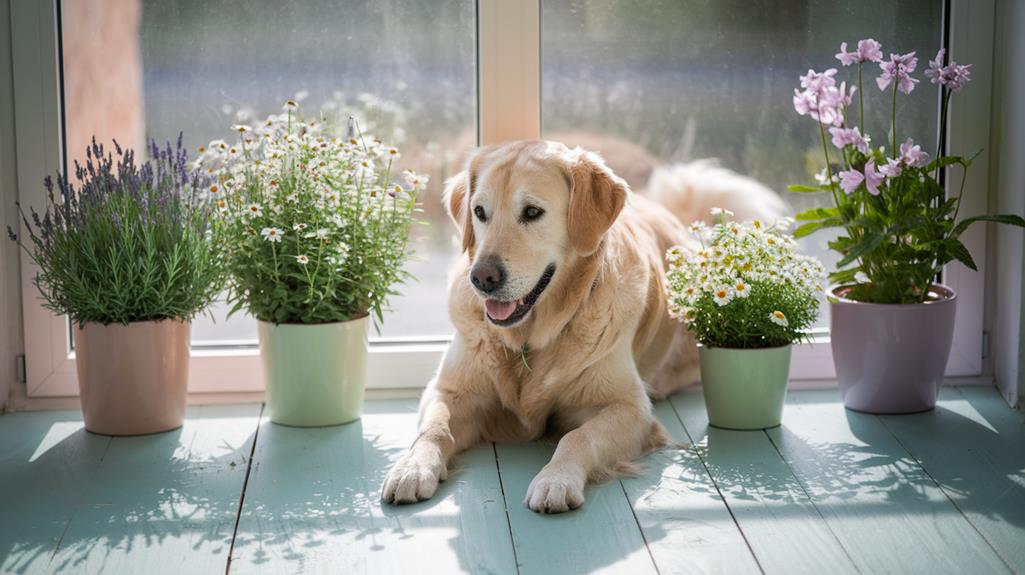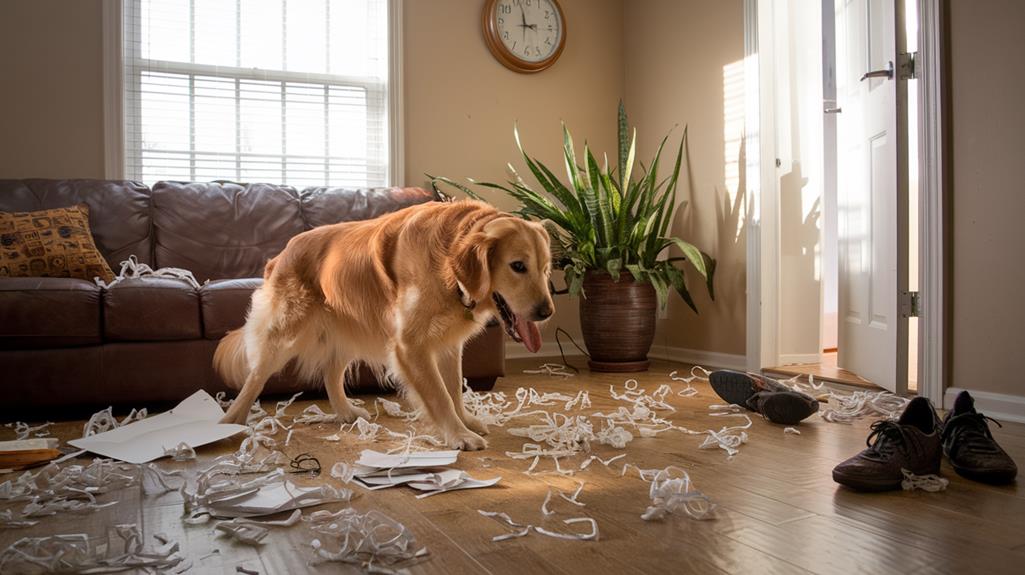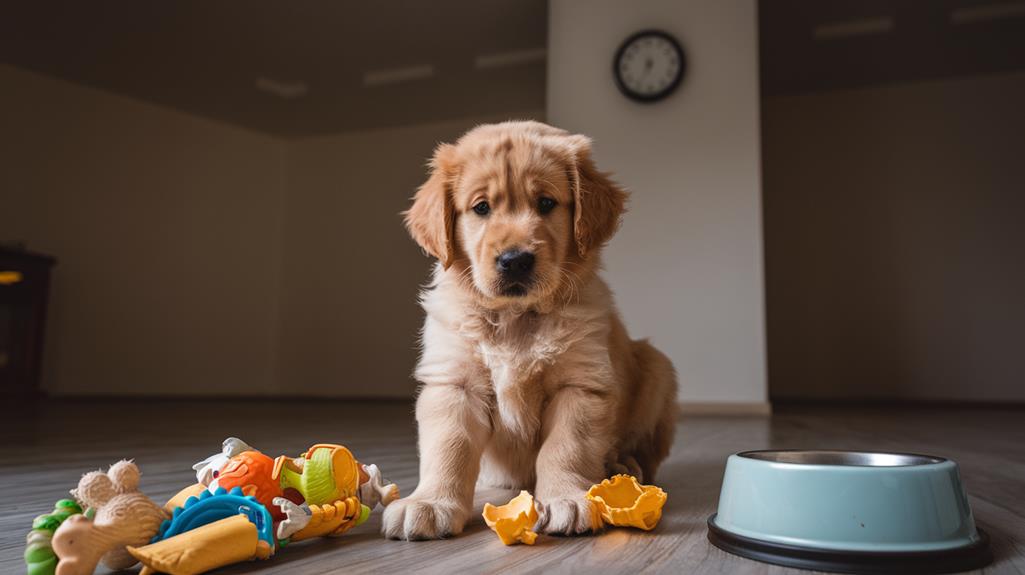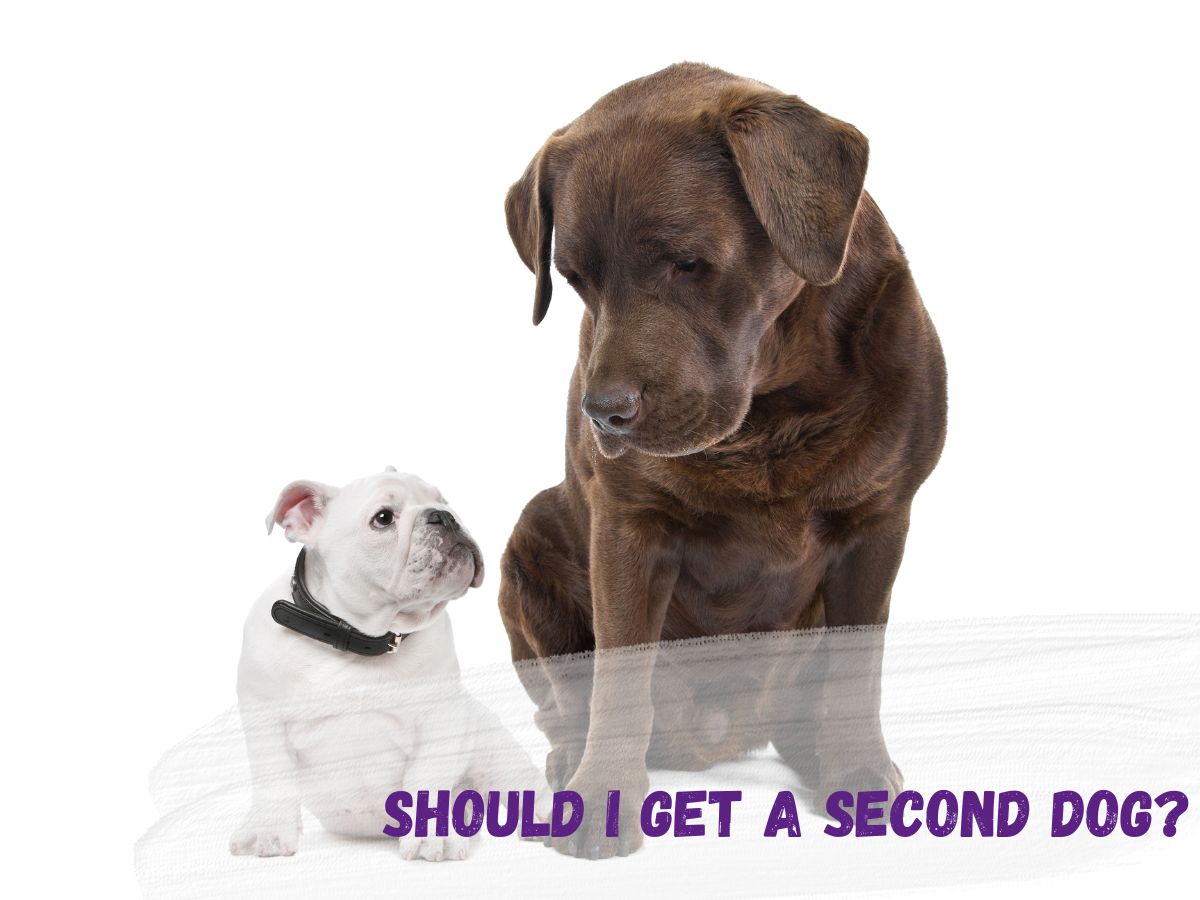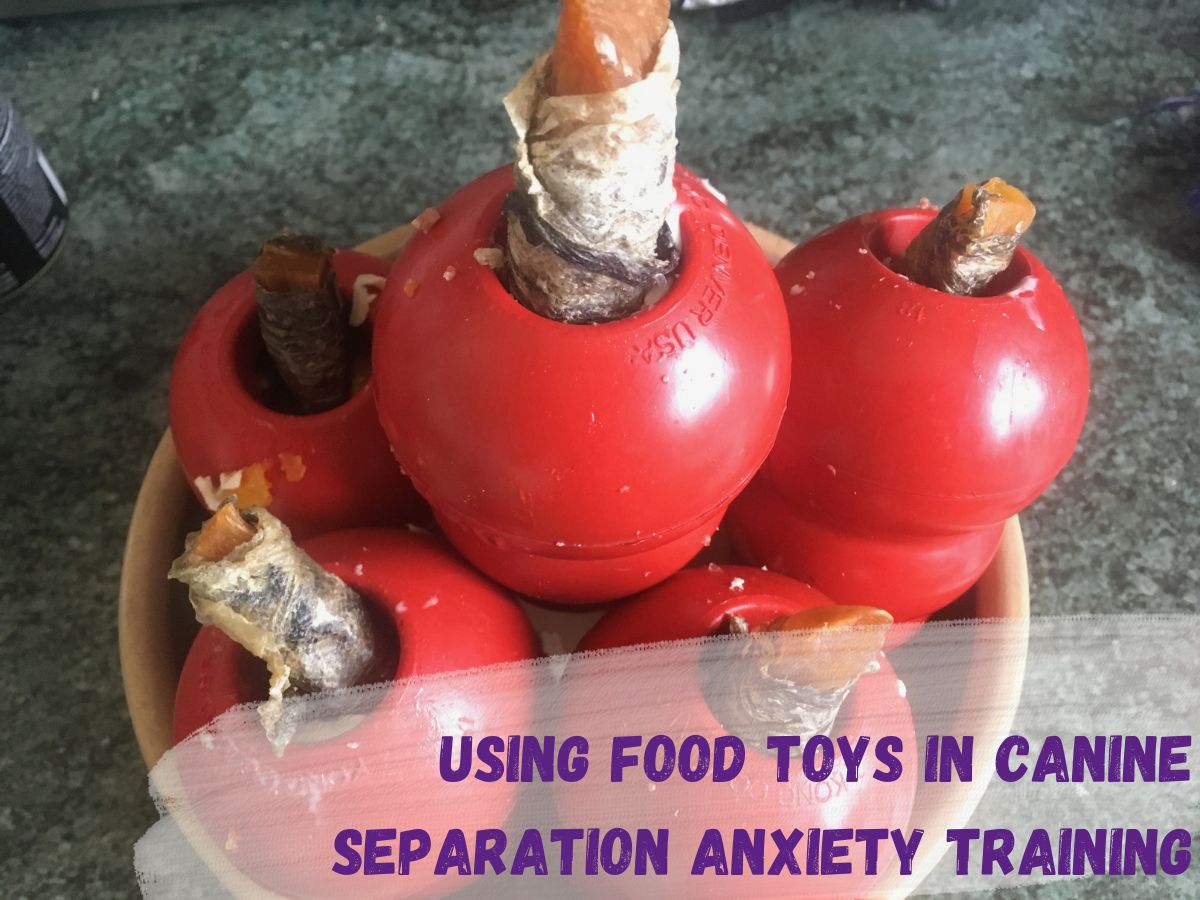Help with canine separation anxiety is something that an increasing number of dog owners require, with research stating that as many as 85% of dogs feel anxious when you prepare to leave home. It can be difficult not just to spot that your dog has fear and anxiety when left, but also knowing how to help them too.
Fear not, because the treatment of separation anxiety has come a long way from just leaving a puppy with a Kong and hoping for the best! We now have qualified Certified Separation Anxiety Trainers, who can work out a holistic and thorough behaviour modification plan, as well as many many free resources for helping to fix canine separation anxiety.
In this article, we’ll discuss what is separation anxiety in dogs, how to tell if your dog has separation anxiety and ways you can manage and help your dog with separation anxiety and separation related problems
What is Separation Anxiety in Dogs?
Separation anxiety is a catch all term for a group of behaviours commonly known as separation related problems, or separation related behaviours. There are many problem behavioural signs, disorders, syndromes and symptoms, which all related to a dog who becomes anxious or stressed when left alone. There can be an underlying emotion of fear or of frustration, either way the dog is NOT HAPPY that they have been left, and is doing their best to try and cope!
Dogs suffering from separation anxiety might bark, whine, chew on furniture or other objects, have accidents inside the house or become destructive when their owners leave them alone.
Separation Anxiety Vs Separation Related Problems in Dogs
We use the term ‘separation anxiety’ though the actual clinical diagnosis of separation anxiety is where a dog is bonded to one primary caregiver, and can’t cope without them. What we describe as separation anxiety is generally isolation distress, where the dog needs a human around, but it doesn’t have to be one particular human.
For some dogs, having another dog around does the job of making them feel happy and safe too, though it’s not a reason to get a second dog! Read my full article on ‘should I get a second dog for my separation anxiety dog’ to learn more.
How do I know if my dog has separation anxiety?
If the following behaviours only happen when your dog is left, then chances are they are probably struggling with alone time:
- Barking
- Whining
- Pacing
- Panting
- Chewing on objects or furniture (escape attempts)
- Having toilet training accidents
These are the most common signs of separation anxiety in dogs. If you suspect your dog exhibits any of these behaviours when you leave the house, it’s worth setting up cameras to watch them when you’re gone, and then getting help from a professional, or working through a plan to make them feel happier on their own.
What are the signs of separation anxiety in dogs?
The most common signs of separation anxiety in dogs relate to stress or displacement signals, and are typically barking, whining, chewing on objects or furniture and having accidents inside the house.
Other signs include pacing back and forth, panting heavily and drooling excessively. Dogs communicate a great deal to us via their body language, so it’s worth learning what your dog communicates at times they’re happy or joyful, resting, tired, but also when they’re unhappy to interpret what it is they’re saying.
What causes separation anxiety in dogs?
The exact cause of separation anxiety in dogs is unknown, there might be an inherited likelihood for some kind of general anxiety due to their mothers stress, or bad breeding, maternal raising style or stress, but it could also be caused by changes in routine such as a new home or owner, changes in diet or environment and even physical illness. Separation anxiety can also be triggered by leaving your dog alone for too long or not providing enough mental stimulation while you’re away.
How Can I Help My Dog with Separation Anxiety?
If you think your dog has developed separation anxiety, then it’s wise to start putting a plan in place, and preparing them to be left along for very short periods, gradually building up the time they are left. You also need to meet thier diet, exercise and mental stimulation needs, so that they are physically and mentally happy in general.
To help a dog showing separation related problems, we need to work under their stress threshold, so keep that in mind when reading the following.
Exercise can also be really useful for dogs with separation anxiety, I won’t get into the jargon too much but mental and physical exercise helps with stimulation of the SEEKING system in the brain, which is very much required and pleasurable for dogs!
According to a survey conducted by CertaPet in 2021, exercise is the most popular remedy, with 46% of American dog owners using it as a means to calm their anxious pup. Interactive toys are another popular method, with 39% of dog parents using this mental stimulation to keep their dogs’ nerves in check.
https://www.certapet.com/separation-anxiety-in-dogs-survey/
https://www.certapet.com/separation-anxiety-in-dogs-survey/
How can I prepare my dog to be left alone?
Prepare your dog to be alone by gradually leaving them alone for short periods of time (15-30 minutes) while you are still at home but out of sight. Gradually increase this time until they are comfortable being left alone for longer periods.
You can also randomly open and close your front door, and do short tasks like going to your car, taking the rubbish out, or similar so that the comings and goings are nothing to be worried about.
What do I need to give my dog when I leave the house?
When you leave your dog at home, make sure that they have everything they need such as food and water bowls filled up as well as a comfortable bed or crate where they can feel safe and secure. You should also provide toys that will keep them busy while you’re away such as interactive toys like Kongs filled with treats.
We’re not using food toys as a crutch, nope, but if you are just teaching your dog to be ok alone, and they don’t have existing separation related problems, they are a good training tool.
How can I help my dog get used to being home alone?
By using gradual desnitisation, you can teach your dog ‘I come, I go, i wnet out, I came back, and it’s NO BIG DEAL’. Desensitiation is the gold standard on working with dogs with separation anxiety, when working on simply teaching a young puppy or a dog who hasn’t showed separation related behaviour that being left is AOK I will use food toys, and make sure that nice things can happen when I’m gone too.
You could also look at this as simple habituation, they weren’t afraid of being left, they were exposed to being left, nothing bad happened, they got used to being left.
How Can I Manage My Dog’s Separation Anxiety?
Managing separation anxiety means not letting your dog get to the point of fear and panic, utilising neighbours, friends and family, pet sitters and more you can teach them they won’t be left alone longer than they can handle.
What tips can help a dog with separation anxiety become independent?
Confidence building via positive reinforcement training can really help a dog with separation anxiety feel like they can accomplish things on their own. No teaching your dog fun tricks, and problem solving skills is unlikely to ‘fix’ their struggle with being left, but it will create more positivity in their life and help benefit their mood overall.
There are several things that you can do to help aleviate some of your pet’s separation worries: Provide plenty of exercise before leaving; Make sure there are no triggers present (such as loud noises); Leave something comforting like an old shirt with familiar smells; Train them using positive reinforcement techniques; Give them puzzle toys filled with treats; Have someone check on them periodically throughout the day; Make sure there is plenty for them to do during the day (such as playing games).
What should I do if my dog gets anxious when I leave the house ?
Stop leaving them! At least for now. If your dog is worried that you’re gone, then continuing to leave them will likely make them feel much worse. Set up cameras so that you know exactly what they’re doing when you’re gone.
How can I make sure that my dog doesn’t feel anxious when I’m away from home?
It ‘s important to ensure that your dog has everything they need before leaving – food , water bowls or enrichment toys filled up , comfortable bedding or crate where they feel safe – so that their needs are met while you’ re away . Additionally , providing interactive toys like Kongs filled with treats will keep their mind occupied while you’re gone. Lastly , take some time with them each day before leaving so that both yourself and your pet become accustomed to each other’ s departure times . This will help reduce any potential anxieties associated with being left behind, yes research says you .
What is dog separation anxiety help?
Getting help for your dog with separation anxiety can be provided by a professional cetrified separation anxiety trainer, certified animal behaviourist, or working on your own to set up a behaviour modification plan, using books or free resources online.
How many dogs have separation anxiety?
Research quoted by the RSPCA say that as much as 85% of dogs struggle being left alone, at home. Yikes! Do more dogs have separation anxiety these days, or are we just better at spotting the. signs of a struggling dog? Something to ponder on.
What are the signs of separation anxiety in dogs?
Some common signs of separation anxiety in dogs include excessive barking or howling, destructive behaviour, pacing or restlessness, excessive salivation, house soiling, and attempting to escape or dig their way out of home.
How do I know if my dog has separation anxiety?
If your dog exhibits the signs mentioned earlier, it is likely that they have some kind of separation related problem. However, it is always recommended to consult with a professional CSAT and/or Certified Animal Behaviourist for an accurate assessment.
How can I help my dog with separation anxiety?
There are several ways you can help a dog with separation anxiety. First, get a baseline so you know how long you can leave them for, without them feeling stressed, then slowly desensitize your dog to being left alone by gradually increasing the time you leave them for, that is under that threshold.
You can also provide interactive toys or puzzles to keep them mentally stimulated, but they are not a fix for separation anxiety. Additionally, creating a calm and safe environment, free of stress, can help alleviate their anxiety.
How can I train my dog to be independent?
Teaching positive reinforcement no follow routines, go to mat or place training, can help them relaise they don’t need to be stuck to you all day, which can be really helpful for dogs and owners alike. You can also start teaching them basic commands such as sit, stay, and down, as a way of building up a behavioural repertoire, and proving them with the endorphin and feel good chemical rush that problem solving and learning can bring!
Gradually increase the duration and distance of your separation, rewarding your dog for calm behaviour. It is important to be patient and consistent in your training efforts, and never use punishments, these only lead to heightened and more anxiety.
What are some signs of anxiety in dogs?
Dogs commonly show show signs of anxiety through behaviours such as excessive panting, trembling or shaking, restlessness, pacing, yawning, excessive licking, avoiding eye contact, and aggression or nipping.
How is separation anxiety in dogs treated?
Treating separation anxiety in dogs involves a combination of management techniques and behaviour modification. This may include creating a safe space for your dog, ensuring their nutritinal, physical and mental needs are met, using pheromone-based products or prescription only medication, and gradually desensitizing them to being alone.
Medication to reduce anxiety and increase mood should be prescribed by a veterinarian, and used alongside a behaviour modification programme as set out by a CSAT.
What should I do when I leave the room and my dog is alone?
When leaving the room and leaving your dog alone, make sure to create a positive environment. Provide them with their favorite toys or treats, leave on some calming music or a ‘Dog TV’ television show, and avoid making a big fuss when leaving or returning.
How can I help my dog settle when I’m about to leave?
For some dogs it can help them settle if you establish a pre-departure routine. This could include activities such as a short walk or play session, giving your dog a puzzle toy to keep them occupied, and gradually getting ready to leave without causing any anxiety or stress.
However, for other dogs who ARE stressed when you go, these pre-departure cues can contribute to their anxiety. Read more in our article all about pre-departure cues in a dog who has separation anxiety.
Are there any treatments for separation anxiety in dogs?
Yes, there are various treatments available for separation anxiety in dogs. These can include behaviour modification and training techniques, medications prescribed by a veterinarian, and seeking professional help from a certified separation anxiety trainer (CSAT).

